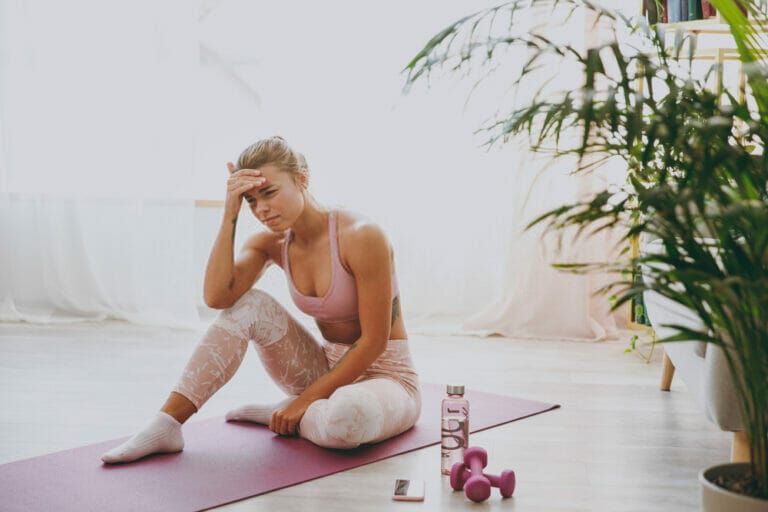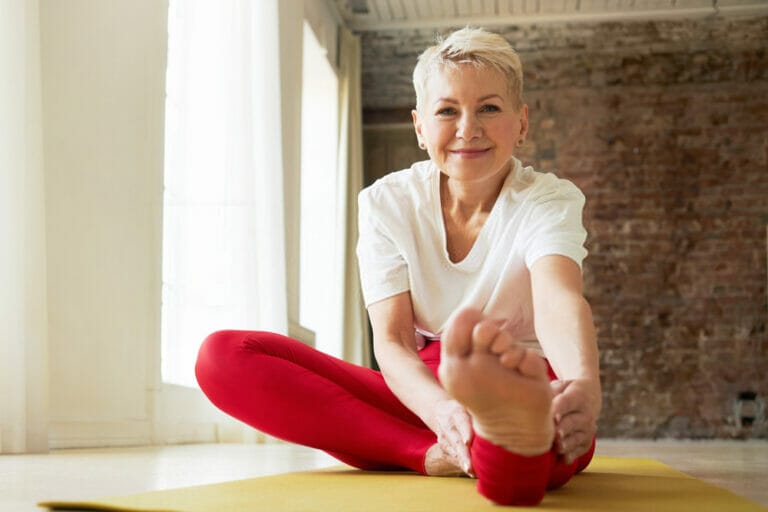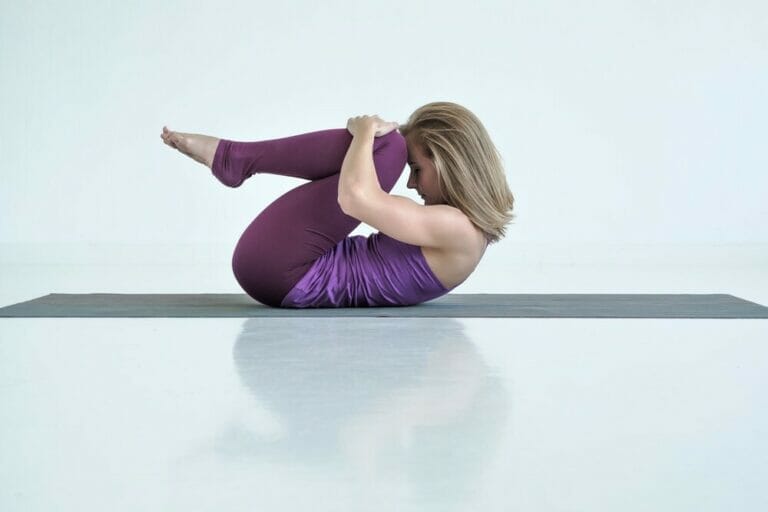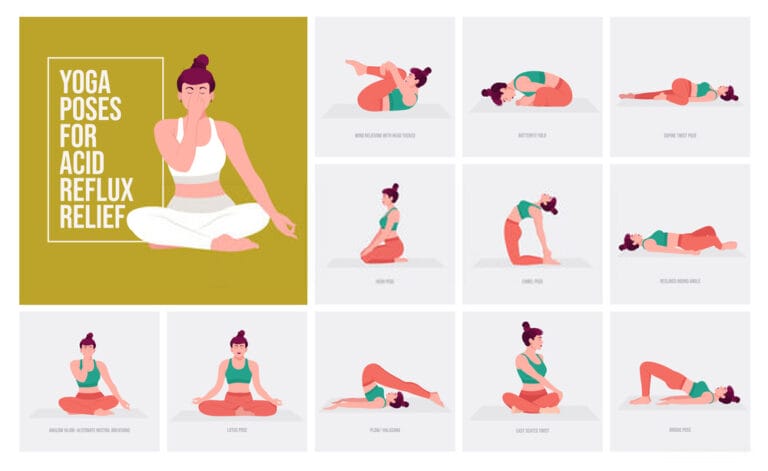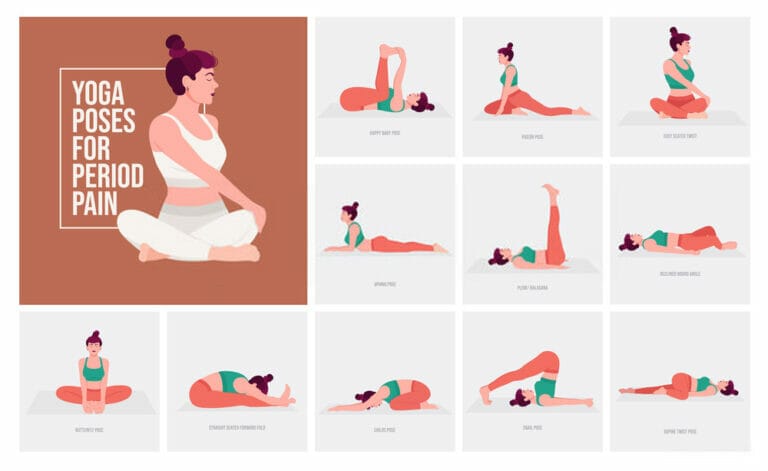Yoga Poses For Better Eyesight
We spend most of our time in front of computer screens, and we tend to forget that there’s a whole world out there to explore.
Unfortunately, if you’re not careful, the light from your screen might just be causing damage to your retina and causing digital eye strain.
If that's the case, it might be time to take up Yoga to improve your eyesight. It may seem strange, but there is a connection between Yoga and improved eyesight.
Science and traditional medical experts agree that following a regular yoga routine will help you improve your eyesight. Yoga for the eyes will help to strengthen the muscles around them, improving their visual acuity.
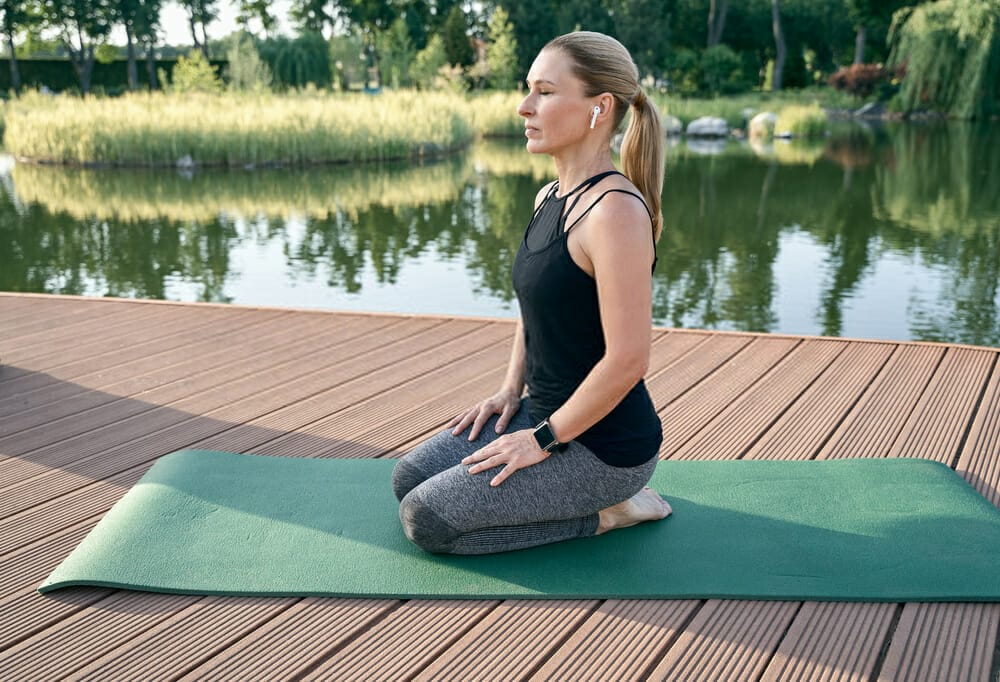
In addition, a study from the Harvard Medical School suggests that regular yoga practice could lead to maturing cells in your eye, which improve vision.
Here are some yoga poses for better eyesight that will help balance the pressure on your cranial nerve.
Yoga exercises for your eyes
Palming
- Relax with your eyes closed and taking a few deep breaths.
- Rub your hands vigorously until they are warm, then lay them lightly over your eyes.
- Feel the warmth of your palms move to your eyes and eye muscles. You will immediately feel at ease.
- Close your eyes and drop your hands to feel the dryness melt away gradually.
- Rub the palms once more and continue the technique at least three times.
Blinking
- Sit up straight and keep your eyes open.
- Blink at least ten times fast.
- Close your eyes and relax for 20 seconds, focusing on your breathing.
- You must repeat this five times.
Side-ways viewing
Sit with your legs straight.
- Raise your arms, fists closed, and thumbs facing upward.
- Look at a spot in front of you that is level with your eyes.
- Maintain your head in this fixed posture and concentrate on the following movements:
- The distance between the brows
- Thumb on the left
- The space between the brows
- Thumb on the right
- The space between the brows
- Thumb on the left
- You should repeat this at least 10 to 20 times.
- Close your eyes and relax once you’ve finished this exercise.
Front and sideways viewing
- Sit with your legs straight in front of you.
- Close the left hand and place it on the left knee, with the thumb pointing upwards.
- Look at a spot directly in front of you and on the same level as your eyes.
- Maintain this posture of the head.
- As you exhale, fix your gaze on your left thumb.
- While taking a deep breath, direct your gaze on the spot in front of you.
- Repeat the procedure with your right thumb.
Rotational viewing
- Sit and put your legs in front of you.
- Put your left hand on your left knee.
- Hold your right fist over your right knee, your thumb pointing up. Maintain a straight elbow.
- Keep your head steady and your gaze fixed on the thumb.
- Make a circle with your thumb while maintaining your elbow straight.
- Repeat this exercise five times in each direction, clockwise and anti-clockwise.
- Repeat the procedure with your left thumb.
Up and down viewing
- Sit with your legs straight in front of you.
- Place both fists on the knees with both thumbs facing upwards.
- Raise the right thumb slowly while maintaining the arms straight. Then, with the eyes, follow the upward motion of the thumb.
- When the thumb has reached its most excellent extension, gradually return it to its initial position. -Continue to maintain your eyes on the thumb while keeping your head steady.
- Repeat the technique with your left thumb.
- Throughout, the head and spine should be kept straight.
Preliminary nose tip gazing
- Sit with your legs crossed.
- Raise the right arm straight in front of the nose.
- Make a fist with your right hand, with your thumb pointing upward.
- Concentrate both of your eyes on the tip of your thumb.
- Bend the arm, gradually bring the thumb to the tip of the nose, keeping the gaze on the tip of the thumb.
- Maintain this position for a few moments.
- Straighten the arm while keeping your focus on the tip of your thumb.
Near and distant viewing
- Place yourself at an open window with a clear view of the horizon. Keep your arms at your sides.
- For 5-10 seconds, concentrate on the tip of the nose.
- Do this 10-20 times.
After performing all of the above exercises, lie in shavasan (corpse posture) for a few minutes to thoroughly relax. Breathe naturally and gently, and don’t fight any ideas or sensations during the workout.
How does yoga help in improving eyesight?
As the optic nerve connects your eyes and brain, the two must have a healthy co-dependent connection.
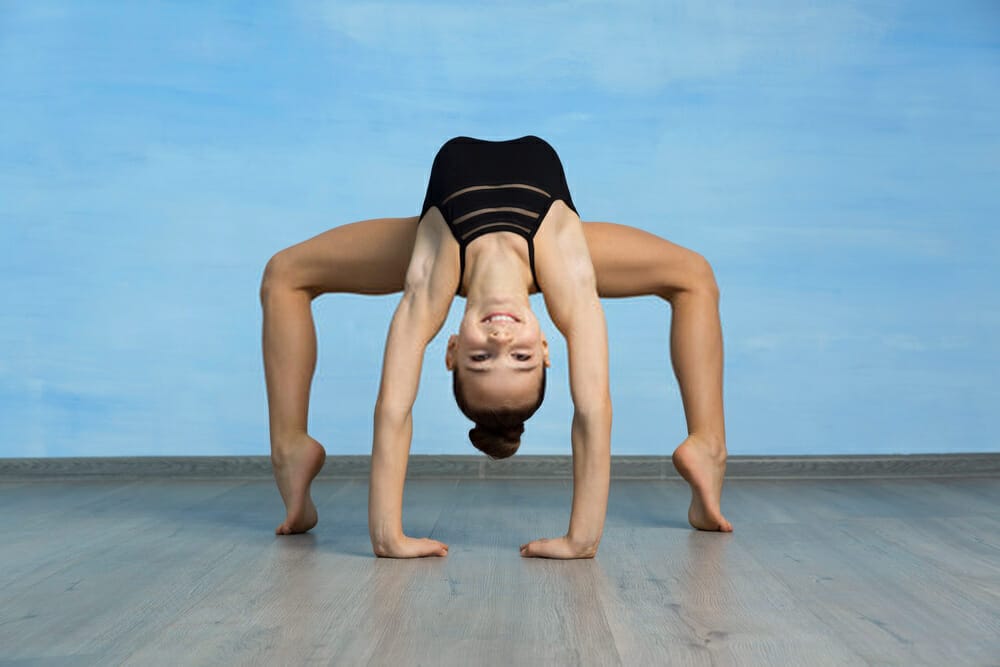
Yoga practice affects the muscles surrounding the eyes to become more elastic and thus less prone to tension or injury.
It also helps relieve stress and anxiety by improving blood circulation to the eyes, which reduces their sensitivity to light.
Because of these benefits, some people use Yoga to combat eye strain caused by computer use.
Yoga for better sleep can also help you fall asleep at night more naturally without taking naps during daytime hours. Yoga also helps to relax the muscles around the eyes.
Benefits of Yoga for the eyes
- Yoga helps build blood circulation near the eyes, which will prevent dryness, tiredness, or damage caused to the tissues around the eyeballs.
- Yoga can also improve your ability to focus by strengthening eye muscles, which is essential for reading and close work.
- Yoga helps reduce the effects of fatigue by strengthening the nervous system and improving nervous impulse transmission.
- Yoga can also reduce chronic and acute eye strain, blurry vision, and fatigue by relaxing the muscles around the eyes.
Conclusion
Yoga will not only improve your eyesight, but it will also make you feel great. Yoga poses for better eyesight is a simple routine that will take little effort to implement in your daily schedule.
The benefits of Yoga are invaluable, and the simple eye exercises above are a gentle introduction to the tradition.
A yoga instructor can teach you more advanced eye exercises that are designed to boost your vision.
I hope you found this helpful article! Please feel free to share this article with others.


